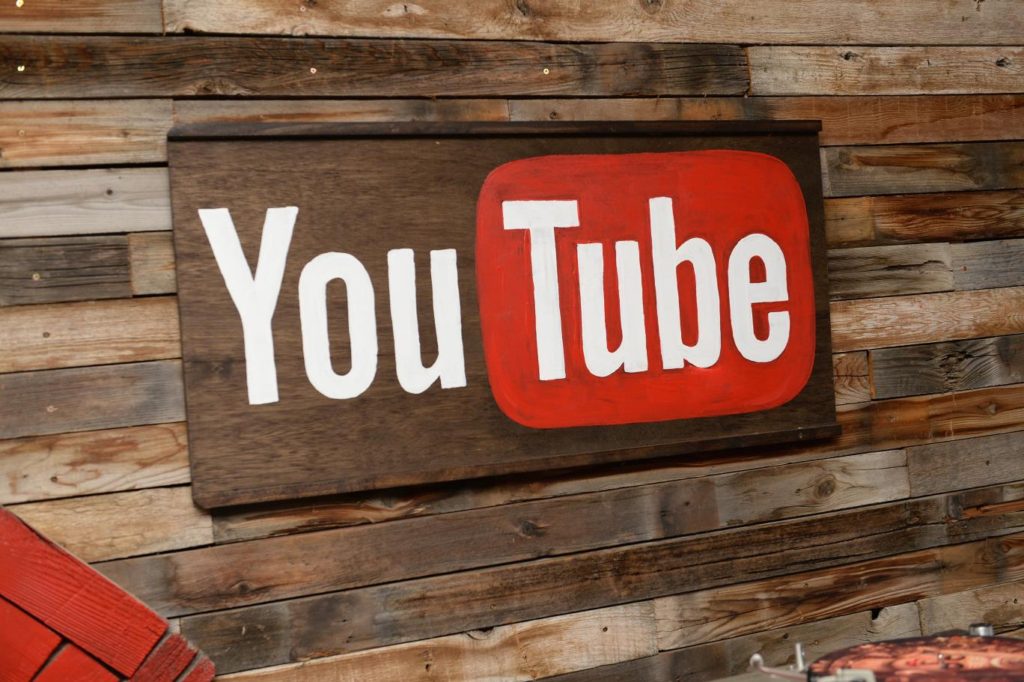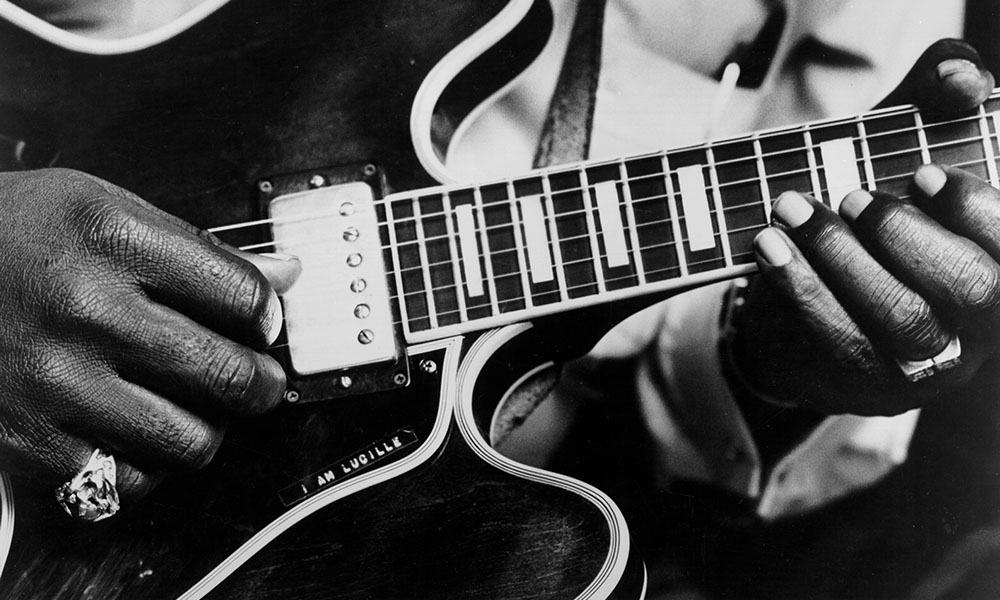Music Industry vs. YouTube
The battle between the music industry and YouTube continues.
According to new data from RIAA (Recording Industry Association of America), revenues from recorded music in the U.S. grew 11.4% in 2016 to 7.7 billion. Paid streaming music subscriptions (such as Spotify and Apple Music) have instigated the music business to encounter its biggest gain since 1998. Streaming platforms have generated a majority of U.S.’s music industry revenues.
However, according to Cary Sherman (chairman and CEO of RIAA), not all streaming services are able to recognize the value of music. This is especially important because physical CD sales and download sales are declining. The remaining pillar of sales in the music industry (music streaming) needs to be sufficient enough to compensate for the loss of CD sales and downloads.
YouTube has been at the forefront of not compensating artists fairly. In a recent essay, Sherman wrote:
“For example, it makes no sense that it takes a thousand on-demand streams of a song for creators to earn $1 on YouTube, while services like Apple and Spotify pay creators $7 or more for those same streams. Why does this happen? Because a platform like YouTube wrongly exploits legal loopholes to pay creators at rates well below the true value of music while other digital services — including many new and small innovators — cannot.”



